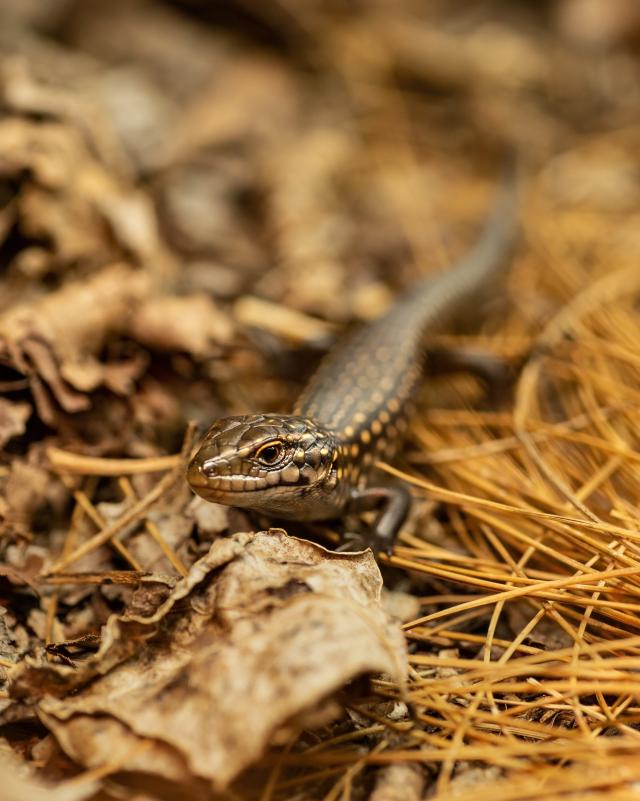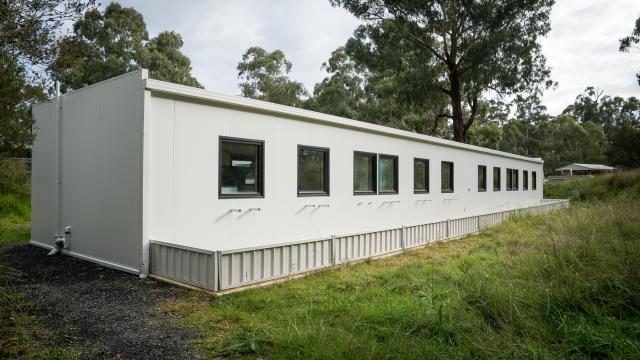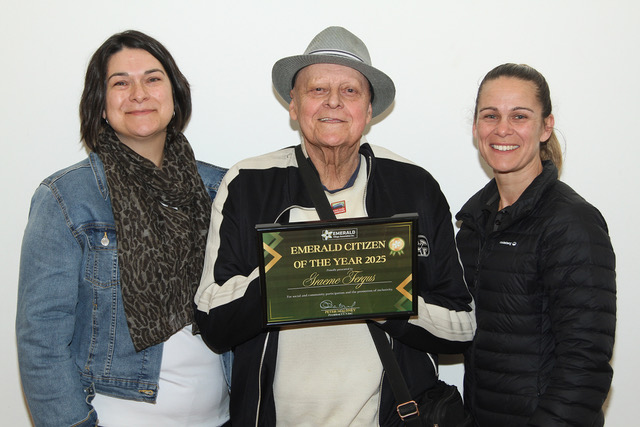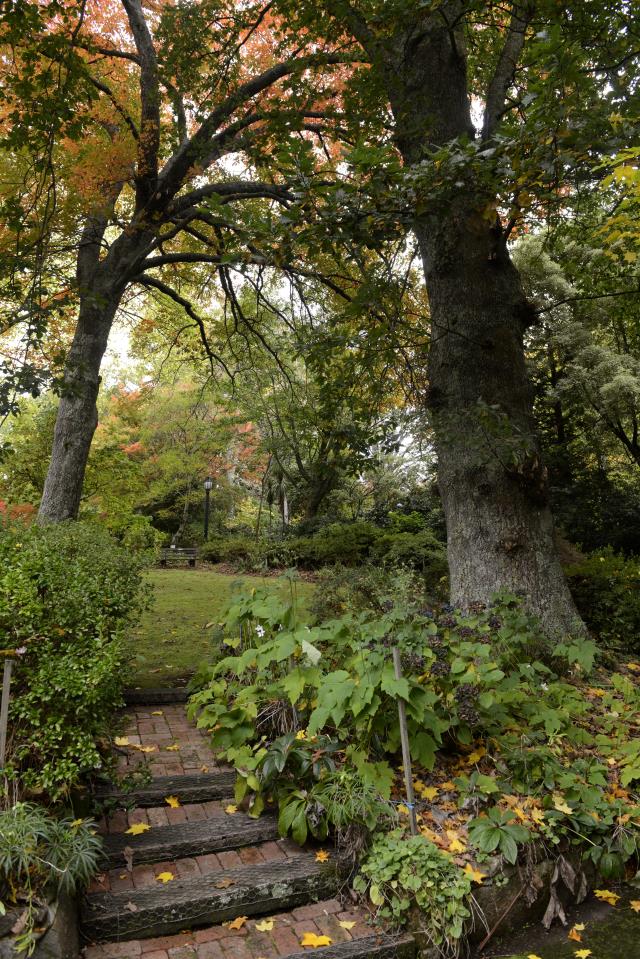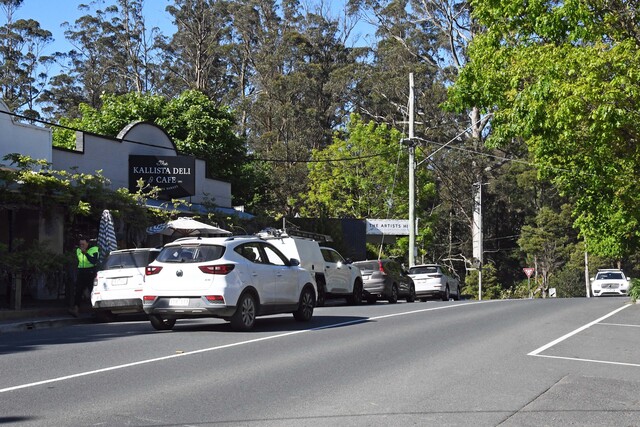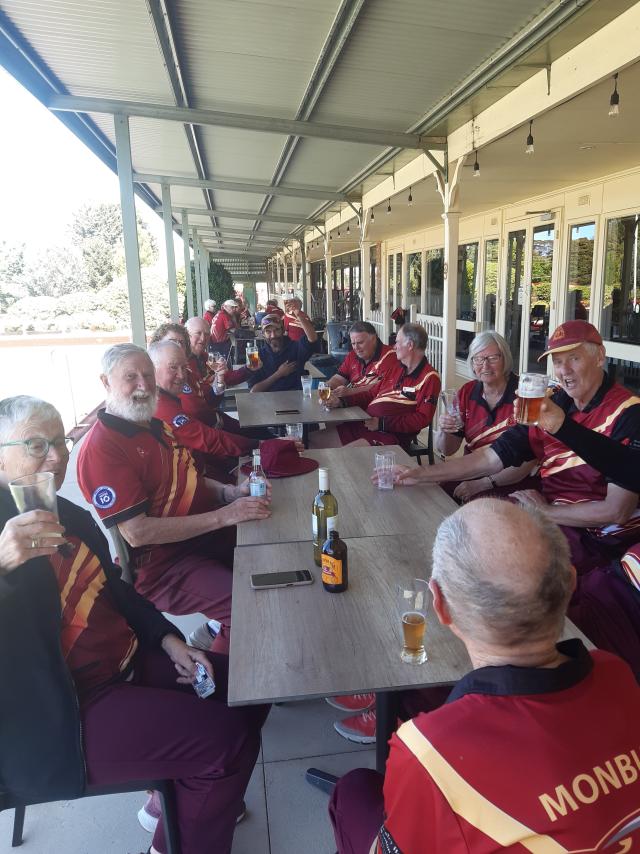Endangered Guthega Skinks have been successful bred at the Healesville Sanctuary, providing hope for the species’ future.
Two babies have been born from breeding between the two Australian populations of Guthega Skink, marking a historic milestone in conservation of the lizard.
Healesville Sanctuary has successfully bred hatchlings from a female skink from Victoria’s Alps and a male from Kosciuszko in New South Wales, a positive step for genetic diversity in the native reptile.
Zoos Victoria Threatened Species Keeper Peter Comber said they provide hope for the future.
“Not only are they adorable little lizards, but these offspring provide hope for the future, and will play a key role to inform how we continue our conservation work at Healesville Sanctuary and out in the wild,” he said.
Zoos Victoria keepers were delighted to find the new arrivals basking on a rock in their specialist-built skink chalet. The duo’s arrival was late in the typical breeding season, ahead of the species’ winter hibernation.
They are the first instance of breeding between the two populations of the species, found only in Bogong High Plains Victoria and Mt Kosciuszko in NSW – two populations have not been connected for millions of years.
The baby skinks are tiny, weighing three grams – about the same as a small button. The first ever successful breeding of Guthega skinks in captivity took place at Healesville Sanctuary in 2017.
The Guthega Skink conservation program has been running for 10 years, and the genetic rescue component began two years ago with knowledge developed by Healesville Sanctuary keepers, which resulted in incremental changes to husbandry techniques, housing, and hibernation strategies.
The skink makes its home in alpine tussock grassland, heathland, and snow gum woodlands. This species is listed as Endangered with a decreasing population. Threats to the species include loss and degradation of habitat, predation, bushfire, and a loss of genetic diversity.
Zoos Victoria have received over $305 million in funding from the Labor Government to since 2014. The milestone is made possible thanks to partnership with Snowline Ecology.
The Government has invested over $560 million into protecting biodiversity since 2014 – more than any other in Victorian history. It halts the decline of Victoria’s plants and animals through its landmark plan Biodiversity 2037.
Minister for Energy, Environment and Climate Change Lily D’Ambrosio said the government is making record investments into biodiversity, ensuring unique native species can flourish
“These hatchlings are a million years in the making and give us hope for the species’ future,” she said.
For more visit: www.environment.vic.gov.au/biodiversity/biodiversity-plan

